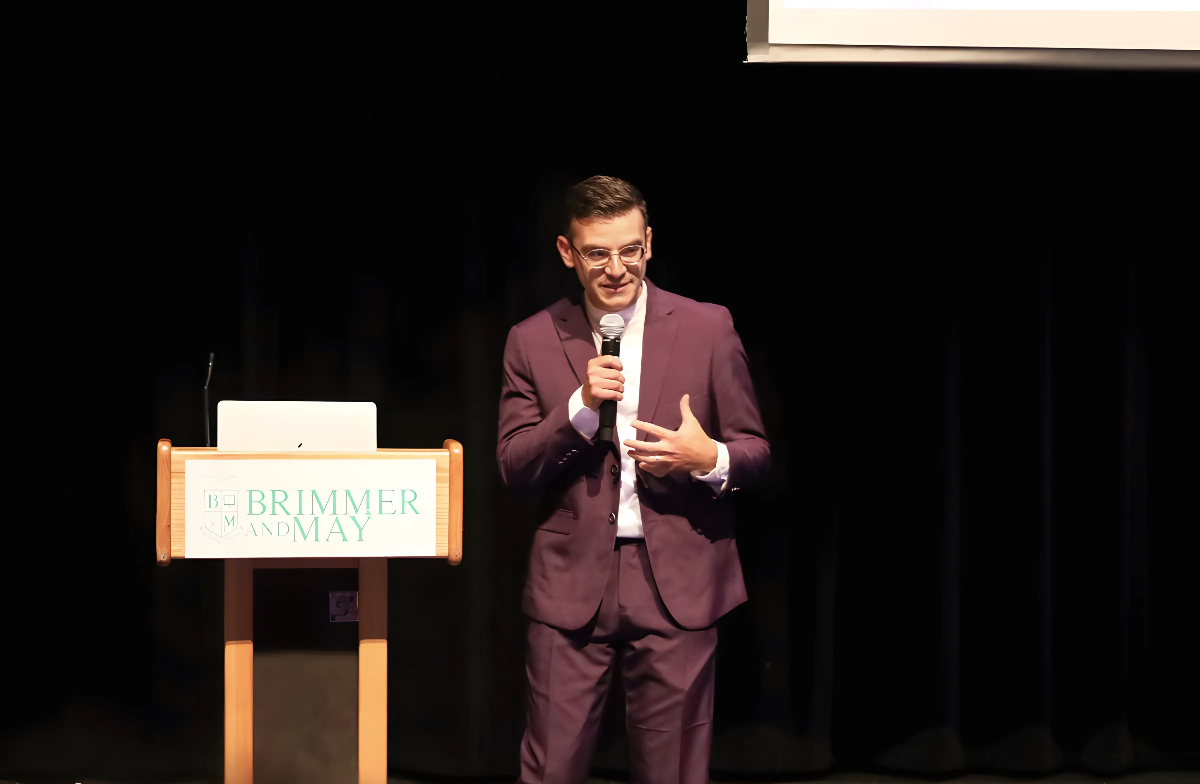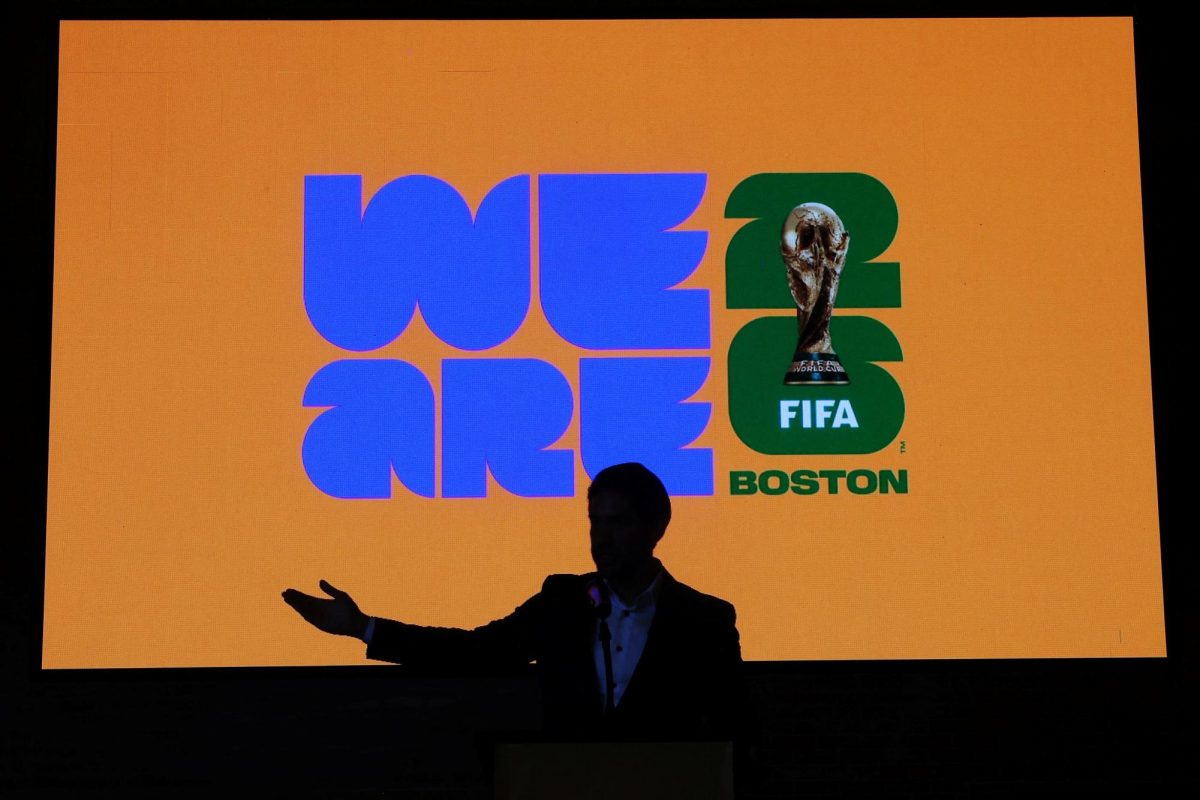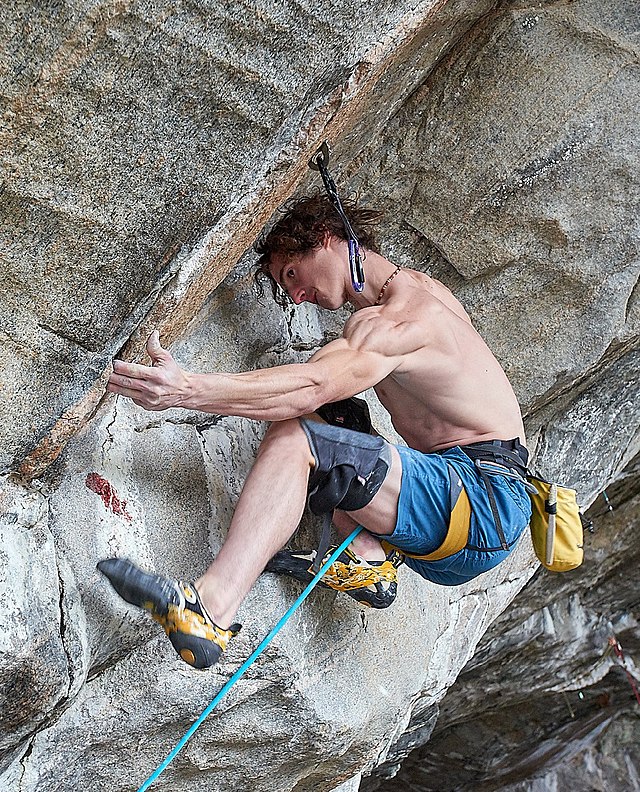Rock climbers have not even begun to reach the limit of what is possible.
Ten years ago the prospect of ascending a“9c” or “5.15d,” the most difficult grade in the world, was purely hypothetical, something that even the greatest climbers couldn’t imagine.
The world didn’t believe it was possible until Adam Ondra ascended the first 9c in 2017. The prospect of a 9c ascent was unthinkable for decades until Ondra made it real. But at what cost?
It took Ondra seven trips, taking a total of 40 days, to successfully ascend “Silence,” in Flatanger, Norway.
Ondra invested seven trips, totaling 40 days, to master “Silence” in Flatanger, Norway. Over two years, he lived, breathed, and dreamt of this impossibility, undertaking hyperspecific training and visualization exercises to offer him the slimmest chance of conquering the climb.
Alongside his team, Ondra constructed a dedicated gym in Flatanger tailored to the route, refining his diet, sleep schedule, and training regimen with meticulous precision.
He had no guarantee he could achieve the impossible, but the chance that he might drove him to try. He did not succeed for two years.
For two years, the sun rose every day, illuminating the blazing line of chalk that streaked up the sheer granite.
Ondra would gaze up at the rock, visualizing his body flowing up it in a perfect rhythm.
For 40 days, he taught his fingers to learn the patterns of the rock, he taught his mind to drift into the clouds and float above his body.
Then, on September 3rd, 2017, he did it. Ondra achieved the impossible. He screamed in agony as he threw his hands from hold to hold, pivoted his feet, and kept climbing.
His body told him he couldn’t do it, but his mind told him he could. His body told him not to breathe, but he forced his lungs to keep pumping.
When he clipped the final quick draw, he let out a cry of relief and let his body fall into the support of the rope. The world was silent.
For Ondra to turn the impossible into a reality, he sacrificed something huge within himself during those two years. He sacrificed the notion of impossibility, exchanging it for the sweet taste of victory that echoed in the silent caves around him.
By dedicating himself to attain what, by all measures, appears unattainable, he relinquished the comfort derived from labeling something as “impossible” and the option to simply walk away.
When he decided to enter the battle with “Silence,” he embraced a reality where success was uncertain, presenting himself with two potential results. He could invest all his efforts in conquering the route and succeeding, or he could invest everything and fail.
Despite the possibility of failure, Ondra chose to throw himself at the wall again and again, relentless in his pursuit and determined to push the limits of what his body was capable of.
It would have been easy for Ondra to swim towards resignation. No one would have shamed him, because he was never meant to achieve the impossible. But expectations were never what drove him to accomplish this unbelievable feat.
He was driven by something else much stronger.
Three days out of four, his foot would slip, or he would forget the sequence, and he’d drop off the rock with no progress.
But one of the four days he would hold a position that felt unfeasible for one second more than he could the last time he tried, or unlock a new way to grip a handhold that helped him move his feet forward.
These fleeting moments of success motivated Ondra to persist and continue pushing himself.
As a climber in the face of uncertainty, you press on, fueled by the desire to conquer what lies beyond, embodying the truth that the limit is never truly reached, but that the pursuit itself will define your essence.
Maybe you ascend the climb like Ondra did. But then what? After you accomplish the impossible, what next?
You strive for the next unattainable feat, driven by the knowledge that there’s always a greater challenge ahead.























































